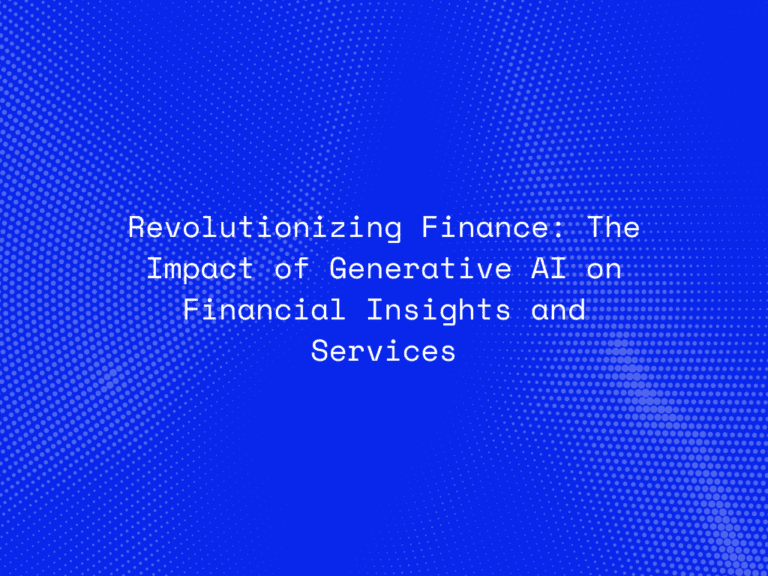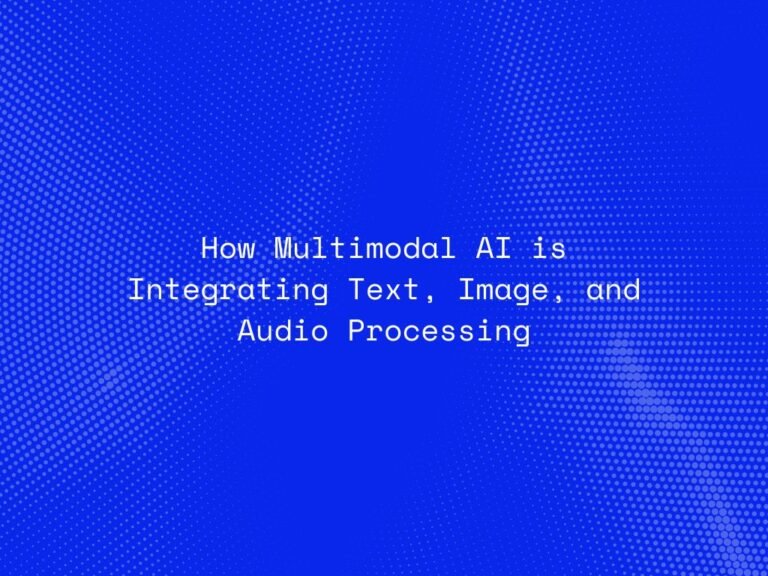Automation is no longer about static workflows or predefined scripts. In 2025 and beyond, businesses are moving toward intelligent automation pipelines — systems in which tasks don’t just execute automatically, but adapt, learn, and make decisions dynamically. Powered by machine learning, predictive analytics, and generative AI, these pipelines transform everyday operations from reactive routines into smart, end-to-end ecosystems capable of driving consistent, data-driven outcomes.
At the center of this transformation lies a simple idea: instead of humans manually initiating actions or supervising each step, AI identifies triggers, interprets context, and decides the next best action automatically. The shift from manual orchestration to autonomous intelligence marks a decisive leap in enterprise productivity and responsiveness.
The Evolution of Automation: From Rules to Intelligence
Traditional automation systems were structured around rigid rules. They could perform repetitive tasks, but they couldn’t recognize nuance, adapt to anomalies, or improve over time. Their output was predictable, but so were their limitations.
Intelligent automation pipelines operate differently. They combine:
-
AI-driven decision-making
-
Process orchestration tools
-
Real-time analytics
-
Autonomous workflow engines
-
Adaptive learning models
The result is a fluid, responsive system where each step is informed by dynamic data rather than static logic. Instead of telling automation exactly what to do, enterprises now let AI determine what needs to be done next.
Understanding the AI-Driven “Trigger to Outcome” Flow
Every intelligent automation pipeline begins with a trigger — an event, pattern, or signal that prompts the system to take action. Triggers can come from:
-
User behaviors
-
System events
-
Sensor inputs (IoT)
-
Financial or operational anomalies
-
Customer interactions
-
Predictive alerts from ML models
What makes intelligent automation different is how AI interprets these triggers. Instead of simply reacting, the system analyzes context, assesses intent, evaluates risk, and chooses an appropriate pathway toward an outcome.
A typical AI-enabled flow looks like this:
-
Trigger — An event occurs (e.g., a spike in service requests).
-
Interpretation — AI analyzes the data to understand why it happened.
-
Decision-making — Machine learning models determine the best course of action.
-
Action execution — Automation tools perform tasks, communicate, or escalate.
-
Feedback ingestion — The system learns from the outcome.
-
Optimization loop — Processes continuously refine themselves.
This continuous feedback cycle is what elevates automation into intelligence.
Where Intelligent Automation Creates the Most Impact
AI-powered automation pipelines are transforming industries not by replacing people, but by eliminating complexity, accelerating decisions, and ensuring consistency across mission-critical workflows.
1. Customer Support and Service Efficiencies
AI-driven triage identifies customer needs instantly, routes tickets intelligently, and even resolves queries autonomously. Automation pipelines handle everything from categorizing issues to drafting responses, enabling teams to focus on more complex cases.
2. Finance and Operations
Machine learning models detect anomalies, predict risks, and initiate corrective workflows. For example, when unusual transaction patterns appear, automated systems can flag, freeze, or escalate them within milliseconds.
3. Supply Chain and Logistics
AI forecasts demand fluctuations, triggers replenishment tasks, reassigns routes, and notifies stakeholders proactively. This reduces disruptions and enhances real-time decision-making.
4. HR and Workforce Management
From applicant screening to onboarding workflows, automation pipelines streamline multi-step processes while ensuring compliance and reducing manual load.
5. IT and Cloud Infrastructure
Intelligent automation resolves incidents, scales resources, applies patches, and optimizes workloads autonomously, reducing downtime and operational overhead.
Key Components of an Intelligent Automation Pipeline
To move beyond traditional automation, enterprises need the right combination of AI, data, and operational infrastructure.
1. Event and Trigger Detection Layer
This layer captures signals from applications, sensors, users, and systems. AI enhances this by identifying hidden patterns and events that wouldn’t be detected through rule-based logic alone.
2. AI Decision Engine
The core “brain” of the pipeline analyzes context and determines the best next action. It leverages:
-
Predictive models
-
Classification algorithms
-
Reinforcement learning
-
Generative decision frameworks
3. Orchestration and Workflow Automation
Automation platforms execute the selected sequence of tasks and coordinate multiple systems without human intervention.
4. Monitoring, Logging, and Feedback
Every outcome feeds back into the system for performance tuning, anomaly detection, and continual improvement.
5. Human-in-the-Loop Mechanisms
For high-risk or sensitive steps, human oversight is incorporated seamlessly, creating a balance between autonomy and governance.
Designing Pipelines That Learn and Adapt
Intelligent automation is not a static solution. Its power lies in its ability to evolve.
This requires:
-
Continuous data integration
-
Model retraining cycles
-
Real-time monitoring dashboards
-
Behavior-driven adaptation
-
Fail-safe and fallback logic
When designed correctly, the pipeline grows more accurate, efficient, and reliable over time.
Why Intelligent Automation Is Becoming a Competitive Priority
Modern enterprises operate in environments defined by unpredictability. Human decision-making is valuable, but limited by time and cognitive load. Intelligent automation creates resilience through:
-
Faster response times
-
Fewer manual bottlenecks
-
Lower operational risks
-
Higher process transparency
-
Continuous optimization
It enables organizations to move from reactive workflows to proactive ecosystems, where decisions are guided by intelligence rather than manual effort.
Conclusion
Intelligent automation pipelines represent the next evolution of digital transformation. They take enterprise automation from simple task execution to context-aware, decision-driven outcomes. By orchestrating everything from trigger detection to execution, AI empowers organizations to streamline operations, reduce errors, and scale rapidly without sacrificing quality or control.
As companies continue adopting AI-first approaches, the organizations that invest in intelligent automation pipelines will be the ones that gain speed, resilience, and clarity in an increasingly fast-moving world.




